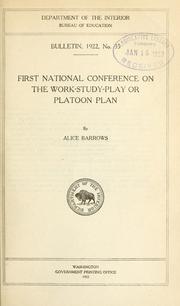Districts as the Engine of School Reform: Past and Present (Part 2)
Districts have again become the darlings of school reformers. Where once reformers, past and present, skipped back and forth lining up their cross-hairs on the best targets for improving schooling such as individual teachers and principals, whole schools, and districts, today’s school reformers generally target districts. Many reasons explain the shift to districts but one, in my opinion, that accounts for the current passion among self-proclaimed reformers to turnaround failing schools and a mediocre national system of K-12 education is the increased authority that state and federal officials have accumulated over time to make local decisions.
Historically, states have the constitutional duty to provide education. States created districts and delegated authority to run schools. U.S. education, then, has been a decentralized operation for two centuries. In the early1930s, there were nearly 130,000 districts in 50 states. Since then, the trend has been to merge districts into larger ones (there are now 14,000 districts). Mergers continued and since the 1960s with the federal Elementary and Secondary Education Act, federal and state authority over district schools have become more and more centralized. State and the federal authorities now mandate what curriculum standards have to be taught in
Historically, states have the constitutional duty to provide education. States created districts and delegated authority to run schools. U.S. education, then, has been a decentralized operation for two centuries. In the early1930s, there were nearly 130,000 districts in 50 states. Since then, the trend has been to merge districts into larger ones (there are now 14,000 districts). Mergers continued and since the 1960s with the federal Elementary and Secondary Education Act, federal and state authority over district schools have become more and more centralized. State and the federal authorities now mandate what curriculum standards have to be taught in

